Description

Introduction
Jun Porcelain is a kind of Chinese porcelain with unique glaze color and reputation of historical value, traditional craftsmanship and artistic style. Nearly 1,500 years ago, Jun porcelain originated in the Central Plain of ancient China. Due to her natural elegance, the emperor of Tang Dynasty (618-907) removed Jun porcelain from the list of sacrificial objects. In addition, the eighth emperor of Song Dynasty (1082-1135) ordered Guan ware (a royal kiln) to be built in Juntai in today’s Yuzhou, Henan Province, to produce porcelain wares for the palace only.
The ore of different materials must go through over 70 processes to become the final Jun porcelain wares. This working process was created and followed by the craftsmen of Tang Dynasty (1300 years ago), while they could only make monochrome Jun porcelain works. As craftsmen in Song Dynasty became more sophisticated in the working procedures, the chromatogram of Jun porcelain gained. From then on, Jun porcelain had a unique style of bright color, which was different from the pale color of ordinary porcelain wares.Jun porcelain masters grasped the processes during firing in the kiln. They controlled the temperature of kiln to be higher than 1300 degrees Celsius (about 2400 degrees Fahrenheit), the firing degree and angles, and the timing of drawing, in order to a gorgeous and brilliant glaze color. The precise control of the process requires taking full advantage of natural conditions or climatic influences, so as to achieve reasonable but unexpected surprises. Hence, it is fair to say that a unique Jun porcelain ware is a delicate combination of extreme skillfulness and efforts of craftsmen.

Chinese beeauty vase
This beeauty vase is a turquoise green-glazed Jun porcelain work with hand throwing. The typical shape design of this vase, through several thousand years, is exquisite and shiny like a fair maiden. It represents the elegant ancient Chinese style and the rich royal atmosphere. It goes through 72 processes and over 10 hours of firing at a high temperature of 1300 degree. It is a classic work of Chinese Jun porcelain.
Features of Products
Natural Material: The raw materials of billet and glaze are 100% natural ore in source area.
Manual Craftsmanship: Hand throwing, multiple glazing and double firing.
Natural Fambe: The glaze flows naturally at a high temperature of 1,300ºC, presenting unique color and pattern.
Oriental Aestheticism/ Traditional Aestheticism: The Jun porcelain vase represents the classical Chinese style for color, pattern, and shape.
Collection Value: A contemporary treasure throughout the history, for rare final success.


Adoring World of JUN Porcelain
During the Yongzheng Period of the Qing Dynasty, the Royal Kiln Factory used copper as a colorant and combined with a secondary firing method to create turquoise green glaze. This glaze is rich in color, which is blue-green. There is imperial majesty in the subtlety, exuding the charming and noble temperament.
The national strength was prosperous during the Yongzheng and Qianlong Reigns of the Qing Dynasty. Because of being loved by the emperor with high artistic accomplishment, Turquoise green became a symbol of nobility and elegance, and its royal artistic charm was full.
In 2018, the R&D team of ZORO Gigrav used ancient methods to make traditional wood ash into the glaze, so that the turquoise green glaze in Jun porcelain’s works is different from the ancient ones and has unique sense of warmth. The glaze is like a gentleman, but also like a beauty. It is gentle and cultivated, quiet and peaceful. Turquoise green, which embodies the royal style of the past, finally enters the home of ordinary people in the new era and interprets our own quiet years.
Design Originality of Chinese beauty vase
The beauty vase, whose body like a fair maiden, is a typical shape of Chinese porcelain over thousands of years. The turquoise green-glazed Jun porcelain vase with Chinese beauty is more delicate and small. Additionally, it is one of the representatives of aesthetics in the life scene in the Song dynasty more than 1300 years ago. The vase can be used to arrange flowers and decorate the living space with artistic sense. It can be used in daily life. Moreover,it is a classical collection with the beauty of Chinese art.


Production Process of Chinese beauty vase
- Puddling
- Throwing
- Biscuit firing
- Glaze making
- Glazing
- Into the kiln
- Out of the kiln
- Selecting
specifications
- Beauty vase
- 5.5*5.5*15cm
- ZORO Gigrav
- Kiln Temperature:About 1300℃
- Technology:Double Firing
- Origin:Henan Province of China
- Material:Jun Porcelain
- Artistic Beauty:Turquoise Green Glaze & Gold Splashes


Product Details
Manual fettling: It is attributed to repeated manual fettling that the porcelain line is as smooth and clean as water.
Classical porcelain type: The edge line of vase is flexible, soft and beautiful. The vase is like a beauty from Jiangnan coming with relaxed and dignified steps.
Beauty of glazing color: The glazing color is bright. Glaze does not become crazing and leaching. The magic fambed craftsmanship makes Jun porcelains’ uniqueness and great changes, which leads to the old saying of “unique fambe, unpaired Jun porcelain”.
Others
- Soft cloth bag, artwork can be carried around.
- In order to facilitate transportation, bubble column packaging is adopted.
- If there are other packing requirements, please contact the customer service.
- This vase is not only an art work, but also a home decoration. It shows a life scale and attitude of elegance.


Buyer reading
- About color difference
Due to the color deviation of lighting and display, there is a color difference between real product and the picture, which is not a product quality problem. Please understand.
- About quality
Before delivery, we will select the products carefully and make them as flawless as possible. However, Jun porcelain is completely handmade with uncontrollable glaze color. Hence, each product is unique. It is a natural phenomenon that there is a variance in glaze color between the real product and photos in the website.
- About delivery
Since porcelain is fragile, it may be damaged during international transportation. We will try to use anti-falling package such as bubble column. Please open and inspect as soon as possible when receiving the goods. If there is any damage, please contact us.
- About maintenance
The stain is easy to penetrate the crackle of porcelain. It is useful to dip toothbrush in the acidic liquid and wipe it clean. When collecting precious porcelain, containers of the same size should be provided for its preservation.

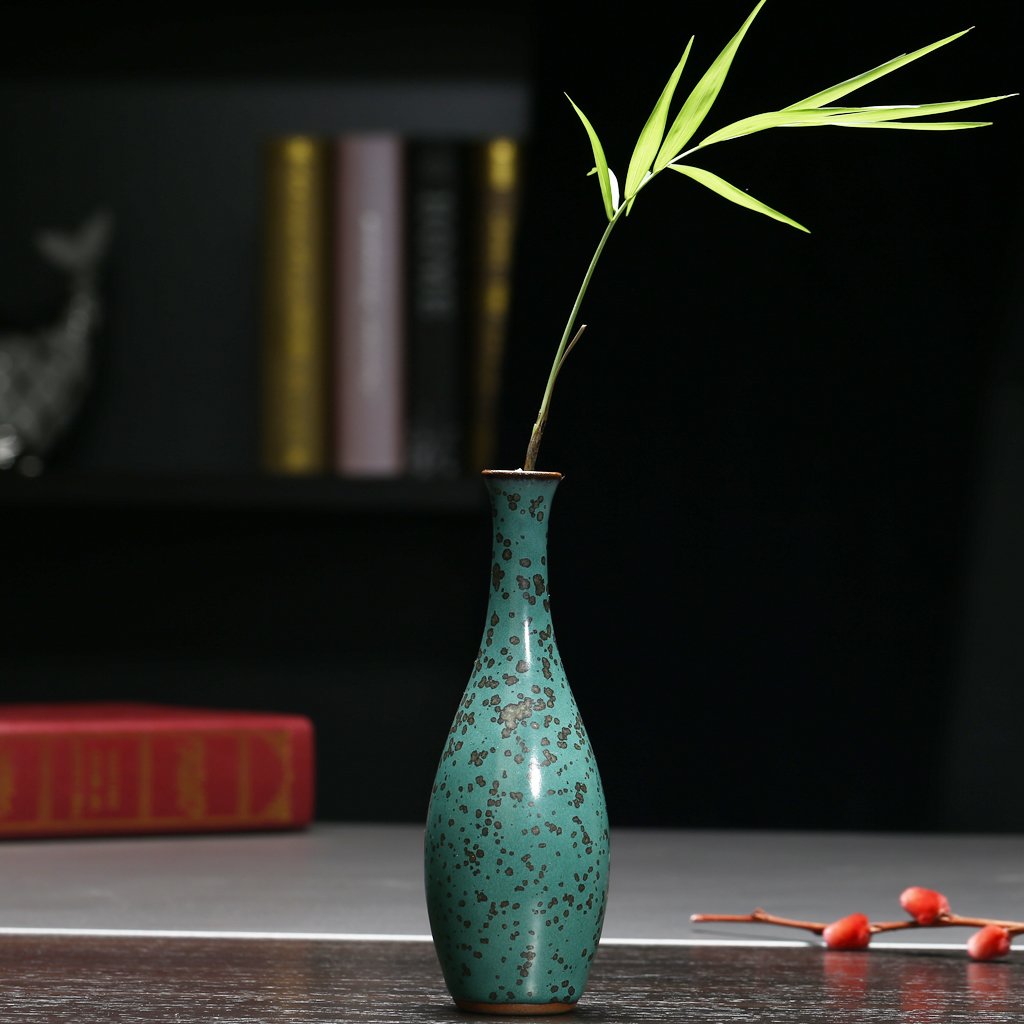
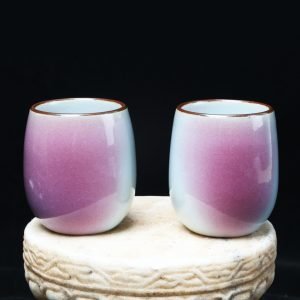
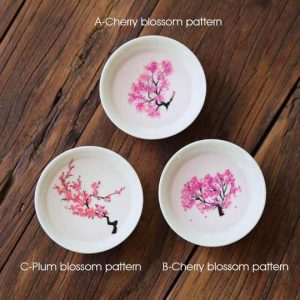
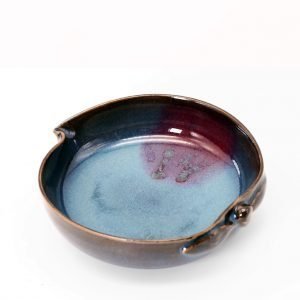
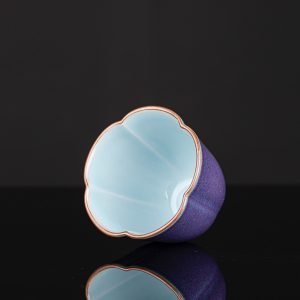
Reviews
There are no reviews yet.